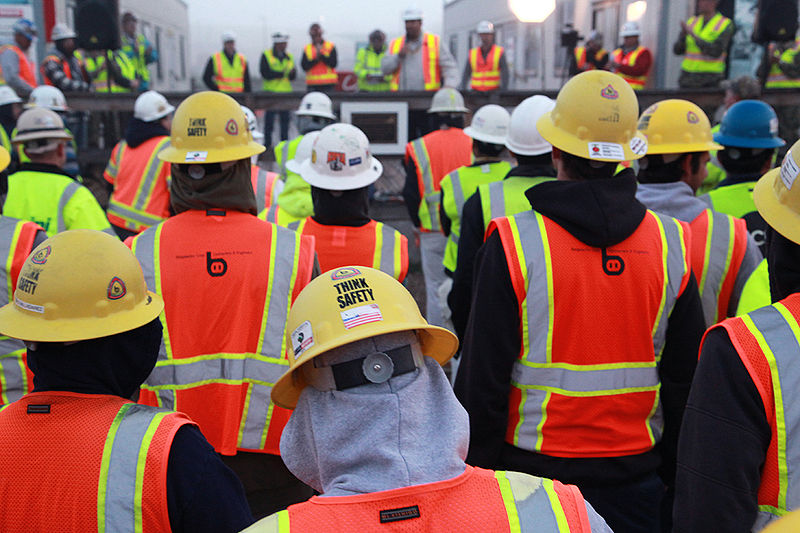Preparing for the solar permitting process and getting these permits approved is one of the most costly parts of the solar installation process both in terms of time and money. As many small solar companies know all too well, allocating human resources to navigating the maze of local and state regulations surrounding solar can be a massive challenge.
Unlike for solar safety standards, there is no single nationwide regulation for permitting and inspecting solar installations. That means the burden of streamlining permitting and inspection processes largely falls on local municipalities. Here are five best practices you can use to make solar installations faster and easier for your customers and your team.
1. Look for Permit Applications Online
Increasingly, municipalities are putting their solar permit applications online to make them more accessible for citizens and businesses alike. Before spending time on multiple trips to the building department to pick up and submit an application, check the city website to see if there is an online application available and whether it can be submitted by email, online portal, or mail. Some applications can take as little as a only a few hours for a residential solar project, or up to one day for a commercial project.

2. Establish a Checklist
The most helpful building departments will include a checklist or frequently asked questions document with their applications. This helps reduce the number of misfiled applications and decreases the amount of time it takes inspectors to review applications. If a checklist isn’t available, you can make your own–especially if you are frequently installing solar panels in the same city using the same permitting process. Keep track of issues that have come up in your past application filings, and use this information to develop a customized checklist so you don’t make the same mistakes twice. If you’re working in a new city, consult with other solar installers to see if they have similar checklists.
3. Look for Fast-Tracked Project Types
Many types of solar projects – like small-scale residential roof mounts – are routine enough that cities are starting to fast-track the permitting process for these installations. In addition, municipalities will sometimes cut through the permitting red tape for specific types of projects they want to move forward on, such as installations in low-income housing areas. So, keep an eye out for which types of solar projects in your local municipalities are being permitted at a faster than normal rate or with reduced permitting costs, and to focus your business development on those projects.
4. Consolidate Inspections for Small-Scale Solar
In some municipalities, electrical inspectors can be certified to inspect solar installations at the same time as residential and commercial wiring for projects that didn’t require any structural work. Consider requesting that the buildings department combine the final solar and electrical inspections to cut down on the total inspection time at the end of an installation.
Track the total time it takes for each part of the permitting process to be completed. This information can be used to evaluate how much it costs you to conduct a solar installation in one municipality versus another.
5. Track Permitting Times
Whenever you are applying for solar permits, track the total time it takes for each part of the permitting process to be completed. This information can be used to evaluate how much it costs you to conduct a solar installation in one municipality versus another. In addition, you can use your data as evidence of a problem and to offer potential solutions when building departments and township councils are looking for ways to expedite their permitting process.
More to Explore
Permitting and inspection processes for solar permitting can be burdensome and costly for small solar businesses and municipal building departments alike, but that doesn’t have to be the case. Just a few small changes to how you interact with the local building department and track your experiences with the application process can go a long way towards streamlining the solar installation process.
Want to learn more ways to shorten project duration and make your field operations more efficient? Scoop works with solar installers and O&M providers all across the country to improve field processes with easy to use, custom apps. You can read an example of how Sigora Solar streamlined workflows and cut soft costs, or contact us to book a live demo.


